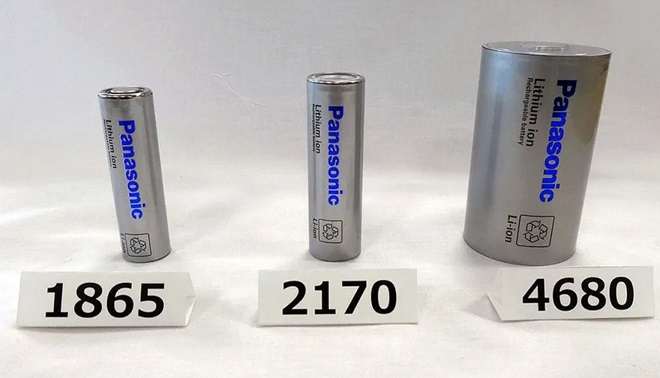LG, the ‘salvation’ for Tesla with its new cylindrical batteries, is ahead of the rest and will produce them this summer.
A few years ago, back in 2020, Tesla announced its internal development of the 4680 battery cells in a pilot program that, in its first generation, did not end up going well. The North American firm had to turn to South Korean specialists such as LG Energy Solutions or Panasonic for the production of these high-capacity cylindrical batteries.

These types of batteries are not the most common in the automotive industry and we have seen how Tesla used them in some versions of its Model Y manufactured in its Texas gigafactory or Cybertruck. The main battery manufacturers have since been more than interested in this type of packaging cells that store the electricity necessary for electric cars to move.
Now, in a race to be the first to achieve it, LG has confirmed when it will start producing its 4680-type batteries for Tesla. It will be in the summer, around August, when serial production will start at the company’s facilities in Ochang, South Korea. Later, they will also be manufactured on North American soil once the plant under construction in Arizona is completed by 2025.

The latter is a strategic location for LG Energy Solutions, as it is a gateway to the US market for incentives thanks to the Inflation Reduction Act (IRA). But be careful because the possibility of producing these cylindrical batteries in China would also be open.
According to Tesla’s estimates, the use of this battery cell format will increase the autonomy of its electric cars by 16% and reduce costs by 14%. Both LG, one of the main manufacturers of lithium-ion batteries for vehicles in the world, and Panasonic or even Samsung or the Chinese giant CATL aspire to dominate the production of this type of high-capacity batteries.
With a diameter of 46 mm and a height of 80 mm, these are the largest cylindrical cells for electric vehicles: they guarantee higher energy density, production, and lower costs. However, its larger size also entails difficulties, as well as the dry coating of the electrodes, something that upset Tesla technicians and forced the North American brand to turn to its South Korean partners when it could not correctly scale its process. of manufacturing.
Tesla has also established agreements with other Asian companies, such as Ningbo or L&F, the latter for the supply of cathodes with high nickel content, which will allow the energy density of the 4680 cells to be further increased.
Related Post
